As Serena pointed out in the comments to her recent post, Why We Like It Wonky, romance is a convention-bound genre. She wrote:
When I started writing romance, I’d read maybe fifty books in the genre, and I didn’t yet understand how important the “soft” constraints of the genre were. Meaning, yeah, there aren’t very many hard constraints. Any hero, any heroine, a happy ending. And really, shouldn’t you be able to wrest a happy ending out of just about any situation? But then there are all these other genre-expectation constraints, having to do with what typical readers want to read.
The soft constraints — they are many in number. Consider the sort of people and relationships described in the list below, which comes from the submission sheet for Harlequin’s Kimani Romance line:
- The hero and heroine should be single — not in a relationship at all, recently engaged, recently divorced (not just separated), widowed or exiting a relationship.
- The hero and heroine should not be shown as sexually or emotionally involved with anyone else at the start of the romance.
- The hero should exhibit good character and not be abusive or violent toward the heroine, misogynistic, dishonest, amoral or engage in criminal behavior.
- The hero and heroine should be sympathetic characters to the reader. They should be educated and successful or on their way to success.
- Explicit and excessive profanity in the text and dialogue is not permitted.
- Condoms and safe sex should be used in intimate scenes where the hero and heroine are not married or not yet in an exclusive relationship.
- Drug use or alcohol abuse by the hero or heroine is not permitted. Use by secondary characters should be limited as well. Descriptions of violence should be kept to a minimum.
- Unless the story line has been approved by your editor, the heroine should not be pregnant before engagement or marriage. All children of the heroine and the hero — past and present — must be conceived within the confines of a long-term relationship, during an engagement or marriage.
- Unless the story line has been approved by your editor, the heroine or hero should: be between their early 20s and late 30s; not have children when the story opens; not be married to each other at the beginning of the novel; and not live together before having an exclusive commitment, engagement or marriage.
I’ll concede that this is a particularly strict set of rules, and that it applies more to category romance (series romance like Harlequin’s various lines, or the new Indulgence line about to launch from Entangled) than to the genre as a whole. But certainly, romance as a genre is at least softly constrained by the requirement that heroes and heroines be sexually, emotionally, educationally, professionally, and verbally upstanding. Which, when you think about it, is a lot of upstandingness.
Literary fiction is not nearly so demanding. Lit fic protagonists are allowed to lie, to be adulterous, to have sex with strangers without using reliable birth control, to puke on train platforms and sit on toilets. In literary fiction, characters can do whatever people do.
But romance is an escapist medium, so of course it makes sense for it to be bound by a different set of rules. If romance novels mirrored real life, they wouldn’t be romance novels. There’s a promise of comfortable fantasy implicit in the genre — or even explicit, as when we talk about the “Harlequin promise” — and when that promise is violated, readers get upset.
Justifiably so, at times. When you mess with a convention-bound genre, sometimes what you end up with is just that — a mess. I read a category romance novel once in which I couldn’t figure out who the hero was supposed to be. The man having sex with the heroine in the first chapter was one possibility, but then he left the novel for eight or ten chapters, and another man came into view who had numerous sort-of caring, highly sexed-up thoughts about the heroine. He got several scenes in his point of view (whereas the initial hero candidate had no point-of-view scenes), which led me to believe that he was the real hero. Then — and this was the clincher for me — he had hot, mutually orgasmic sex with the heroine. Hero! I concluded.
And yes, I was slightly disturbed at that point, because the heroine had yet to break up with her boyfriend, and hero-candidate-the-second hadn’t said or thought anything particularly loving or tender about her. But the remainder of the novel would resolve those problems, right?
Wrong. Hero-candidate-the-first returned, and the plot veered sharply to the right. Hero-candidate-the-second got the boot, his point of view disappearing from the novel altogether. The heroine went swimming in a cesspool of guilt and was (sort of) made to atone for her infidelity. The “real” hero got some point-of-view scenes and figured out how to forgive his cheating woman. There was an unconvincing happy ending.
Let me tell you, when I finished that book, I would’ve gladly lit it on fire, so thoroughly had it confused and disappointed me. Which is to say that from the reader’s point of view, genre conventions are not to be trifled with.
And yet wonk-o-mance frequently, cheerfully, thoroughly trifles with them, with delightful results. As Serena put it, “I love wonkomance because it’s a reminder that sometimes books defy those soft expectations and still get embraced by romance readers.” Wonk-o-mance gives us the sort of story that encourages us to invest emotionally in the passionate affair of an unemployed ex-con with, say, a seen-it-all, done-it-all rodeo buckle bunny. (Quick! Somebody write me that book!)
There are two varieties of wonk-o-mantical convention tampering that I find particularly fascinating. The first is the use of the less-accessible heroine (or hero — though I’ll focus here on the heroine).
In an April 2011 New Yorker profile, comedic actress Ana Faris talked a lot about the rules of romantic comedy, many of which also apply to romance novels. She said, “As a lead in a romantic comedy, you have to make the women love you and the guys fall in love with you. It forces your choices to be cutesey and safe, which is why women are always falling down, rather than grabbing their tits and saying, ‘F*ck you, bitches!'”
Romance novel heroines are similarly confined in the cutesey, safe box. They hardly ever say things like, “F*ck you, bitches!” And this is because writers of romance are advised that the reader (who is always presumed to be a woman) ought to want to marry the hero, and she should feel as though the heroine is her new best friend. This soft constraint — The hero and heroine should be sympathetic characters to the reader – pushes authors to create heroines who are less unique.
Nor is it simply that the heroine must be reliably cutesey and safe. She must also, according to the soft constraints of romance, be accessible. The constraint goes well beyond any external characteristics of the characters — beyond the Kimani guidelines quoted above — to the level of craft. Creating sympathetic heroines in romance requires deep point of view and immediate, complete revelation of motivations.
Readers expect to know what the heroine is thinking, pretty much always. From the first scenes of the novel, they expect to be given the details of her past and to learn why she’s behaving as she is. And, most important, they expect this access to her perspective to give them the information they need in order to like her.
Wonk-o-mance, by contrast, occasionally gives us less-accessible or even inaccessible heroines. Meg Maguire’s recent release, Headstrong, comes to mind. This novel’s heroine, Libby, is brash and often irritating. Whereas the typical heroine is a girl’s girl, never happier than when she’s exchanging pedicures with her best buddies and dishing about a man, Libby doesn’t even particularly like other women, and they certainly don’t like her. She lives on a boat and showers at a gym. She’s very intelligent, but lazy about it. She flirts outrageously, makes a public spectacle of herself, and takes advantage of people she likes. For the first half of the novel, it’s challenging to identify with Libby. But she’s interesting.
Equally interesting is the process of watching Maguire peel back Libby’s layers one at a time — the way that she walks the reader through a closer identification with the heroine at the same time that the heroine opens up emotionally to the novel’s hero. It’s a very different sort of emotional trajectory for the reader, and a very different sort of story. Not a romance. A wonk-o-mance.
And a wonk-o-mance, I’d argue, that finds a different, equally legitimate line to skate between realism and escapism. Headstrong delivers a powerful, affecting love story, but it delivers it with a heavier dose of realism than genre-conforming romance ever can. Rather than present perfect, lovable people with perfect, lovable problems, Maguire gives us a heroine who’s kind of a pain in the ass. A heroine who reminds me of a couple people I’ve known, and struggled with, and ultimately loved — people who deserved to be loved, warts and all.
The other pathway from romance to wonk-o-mance that interests me has to do with dialogue. The romance genre requires characters to talk about how they feel. At a bare minimum, they need to have an honest conversation at the book’s emotional resolution that clears up their differences, opens their hearts, and leads to the happy-ever-after. In most romance, the characters talk about their feelings a lot.
Realistic? Hmm. Sort of, sort of not. Depends on who you’ve fallen in love with, I guess, and what your personal tolerance level is for stripping away all your emotional defenses and inviting somebody who you don’t yet know well to stab you in the heart. I guess we’ve all got to do it if we want to have emotionally fulfilling relationships, but I’d also venture to guess that most people don’t ever have conversations with their beloveds that reach the romance novel level of soul baring. Not stone-cold sober, anyway.
This is another way in which wonk-o-mance veers away from the genre toward greater realism. The conflict in many of Theresa Weir’s romances — Amazon Lily, Long Night Moon, Cool Shade — depends upon the hero and heroine’s refusal to talk about what they’re feeling, despite the obvious depth of their emotional connection. When Corey, the heroine of Amazon Lily, realizes she’s in love with the hero, Ash, she immediately thinks something along the lines of, “Well, at least I have the good sense not to tell him. I’m not stupid.”
Likewise, Isabel Sharpe has a series of three novels for Harlequin Blaze with a rather wonk-o-mantic subplot in which two older, post-divorce characters meet, fall for each other, and refuse to talk about their attraction for three books, until finally they fess up toward the end of the series. They’re afraid, you see. Love is scary. Love is risky, and these people are cowards. Like me. Sharpe’s series was good, but it was the subplot that kept me reading, and it was the subplot’s resolution that really satisfied me.
You see, it turns out that I like my romance with a stiff shot of realism. I like it when romance novelists shed some of the soft conventions of the genre and experiment with what happens when they blend the realism of literary fiction with the escapism of romance.
The results are occasionally a train wreck, but when it works, it rocks my world. And I know I’m not the only one.




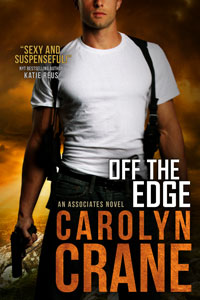
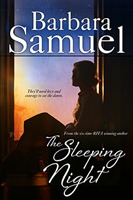
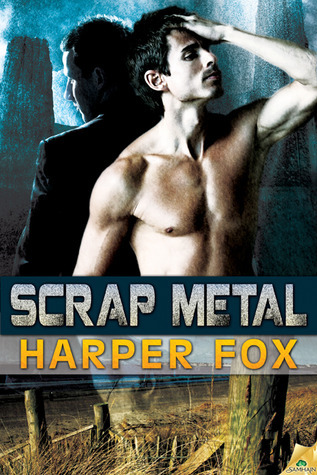
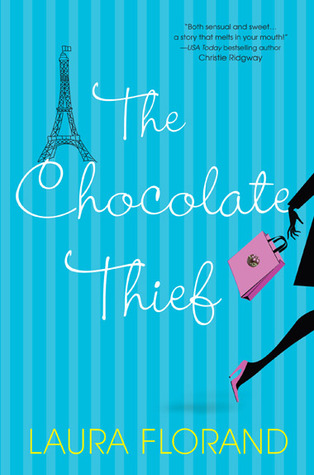
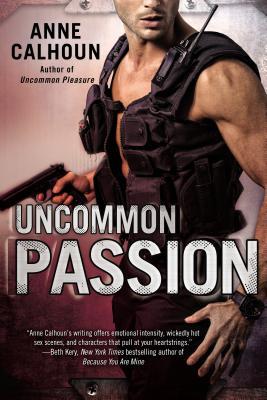
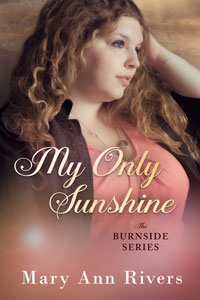
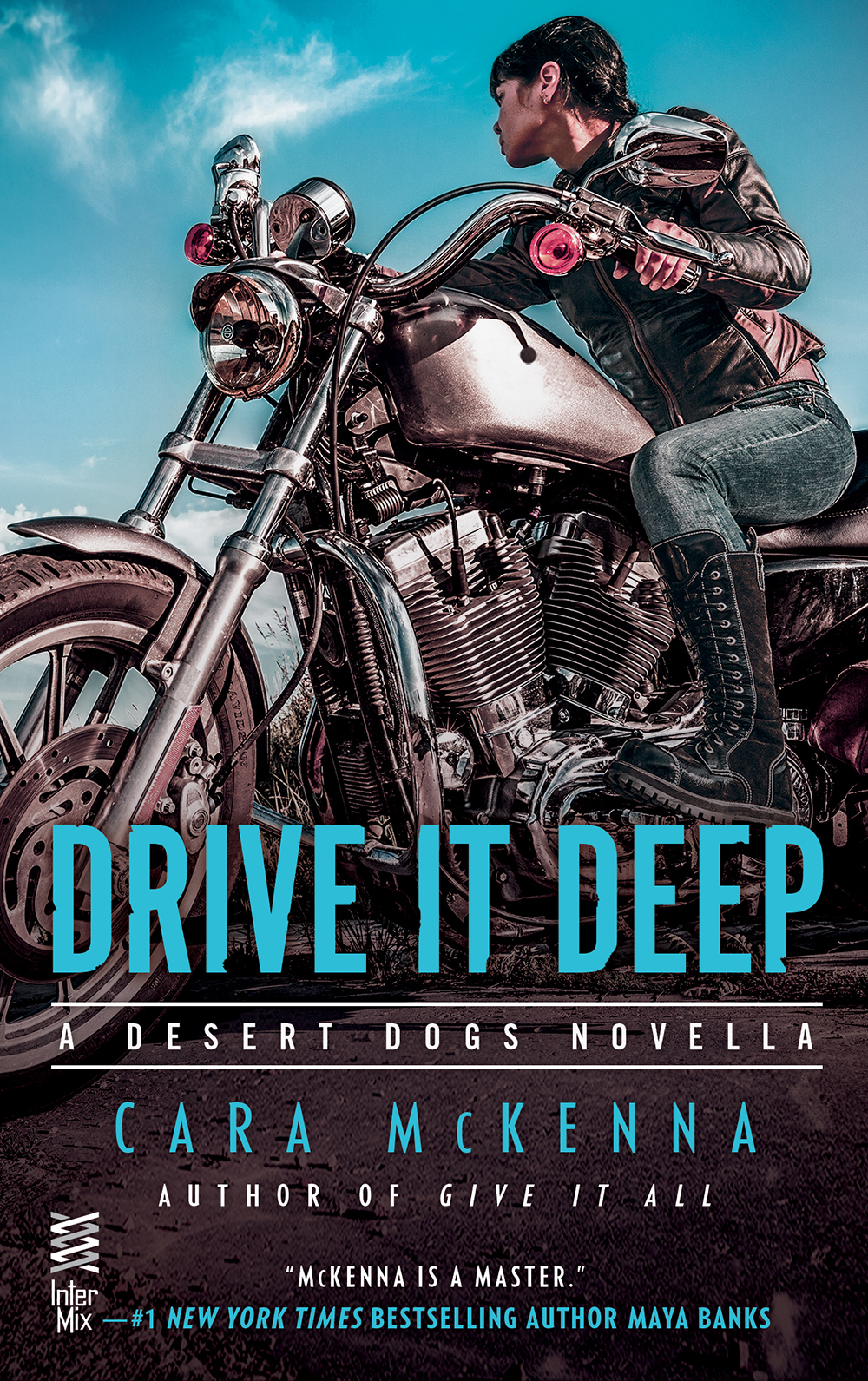
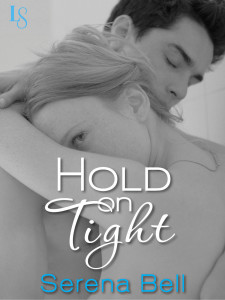
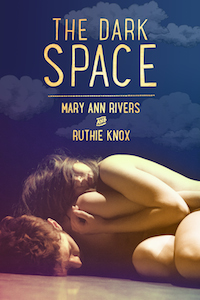
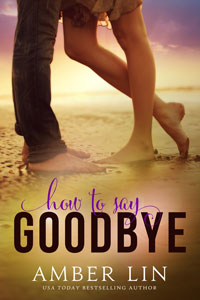
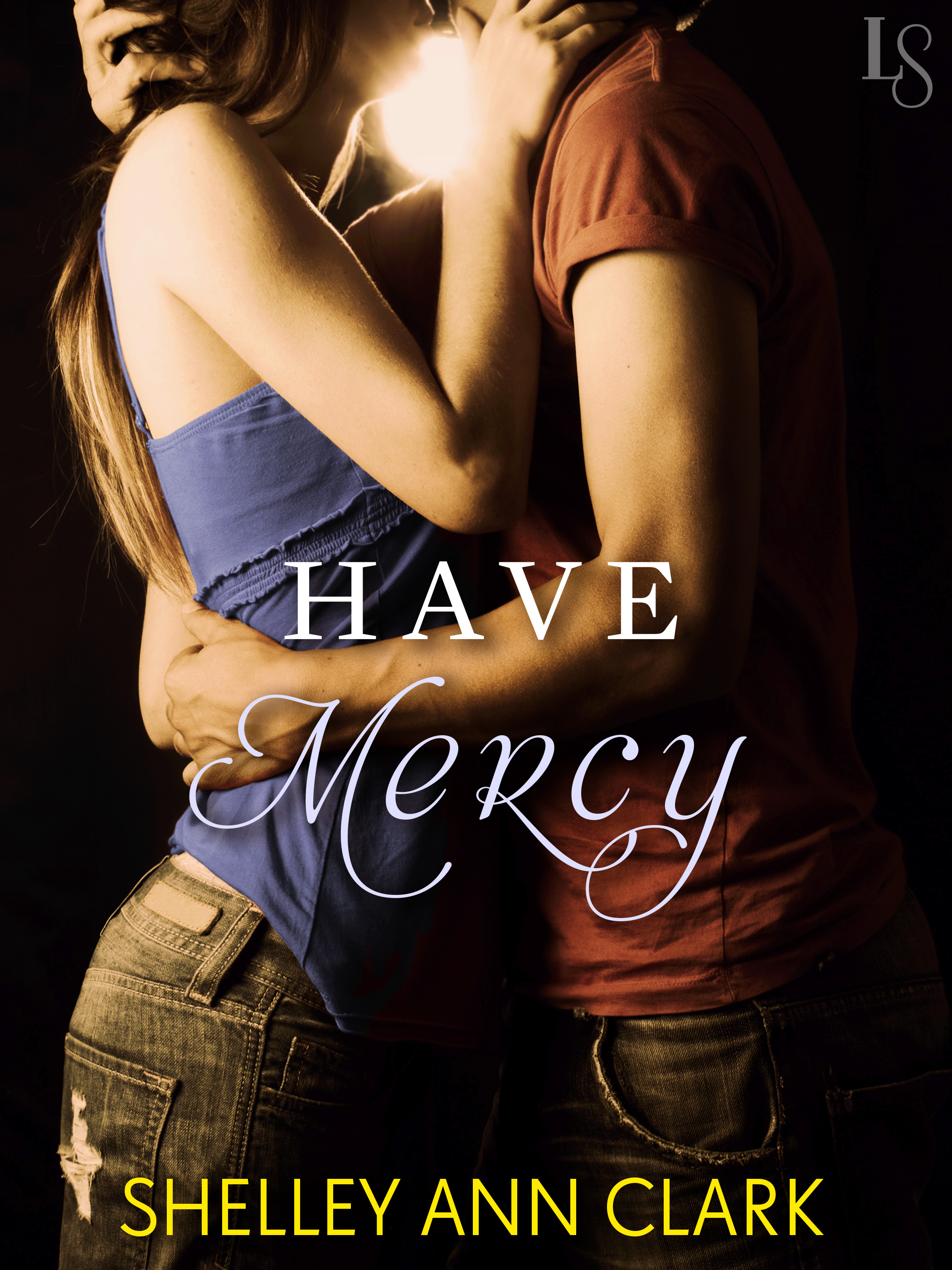
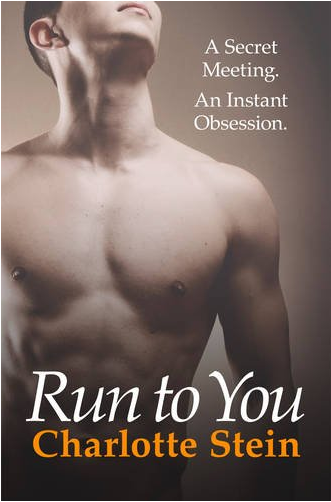
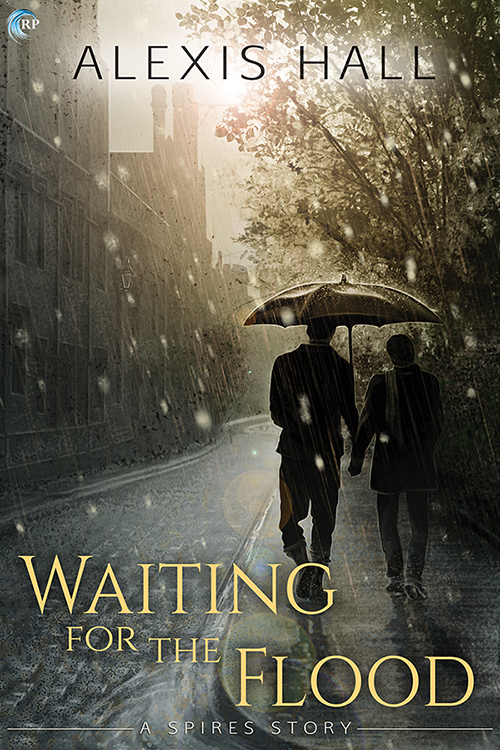
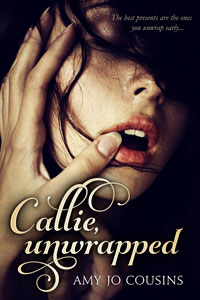
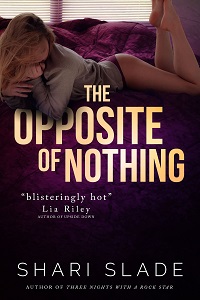
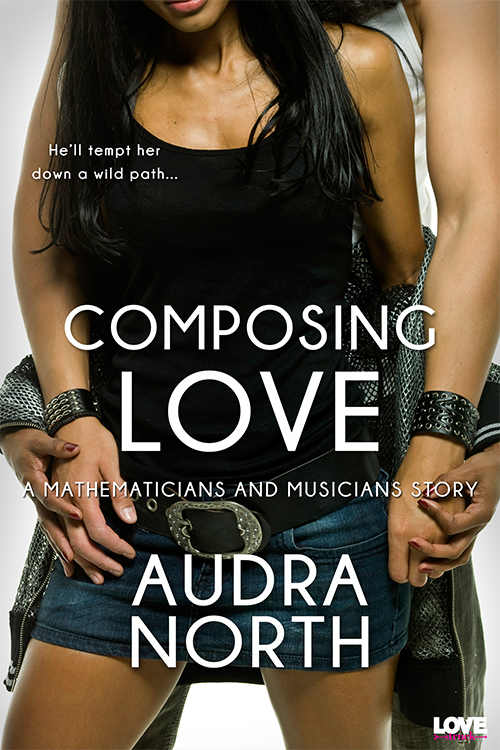
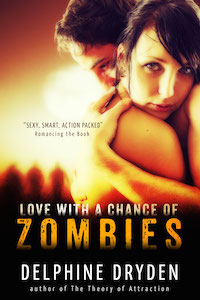
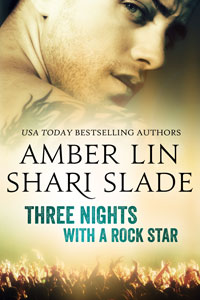
Excellent post, and hits the nail right on the head. I could not agree more with everything you’re saying, just wanted to add that swerving away from established conventions can have other beneficient effects, too.
It’s funny that you mention Meg Maguire, since just this morning I started reading her The Reluctant Nude where she does something similar: The heroine’s reason for posing nude to a sculptor are not given right away but kept as a mystery. Which is interesting not so much for reasons of heightened realism but narrative strategy – by organising her story that way she not only avoids dropping awkward infodumps on her readers but also racks up the tension by keeping them guessing at the heroine’s motives with the added benefit of keeping their attention diverted while she takes her time to slowly let the relationship between her protagonists grow.
I agree, and as a strategy it works really well in that novel. The relationship between Max and Fallon develops in this small, hushed, perfectly formed space at the center of the book, while the reasons it’s happening at all are revealed only gradually.
It’s kind of funny, because I think most avid romance readers lament the cliche and the tired tropes. But really, those are the things that drew us to the genre in the first place, and at the end, those are what will keep us here. We want it to FEEL fresh, yes, but we do like our rakes reformed and our villains to get their comeuppance, etc. The more time I spend thinking about this whole wonkomance thing, the more it seems to me that these touches of realism, the things we call wonkomance, are the very things that turn our tired tropes into something new and interesting. For example, take Sherry Thomas. Her writing is amazing, which is part of her success. Her books feel totally new, and a bit wonky, but they actually cover well-trod ground. In Hit At Night, the heroine suffers from an overbearing, cruel uncle while the hero is a spy for the crown. How many books have we seen this in? And yet, the heroine also copes by smiling, brilliantly, all the time, and reading incessantly about Crete as a vacation location. The hero does not pretend to be a libertine in order to divert suspicion from his true profession. No, he pretends to be an IDIOT. It ends up being impressive how much intelligence is required to appear quite that stupid. I can assure you I’ve never read THAT before His At Night. It seems to me that Wonkomance is not so much an offshoot of romance, but the future of it, the way for us to enjoy the themes we love in new and better ways.
Isn’t that what the Scarlet Pimpernel (another spy hero) did?
I think that’s a really important point, because people’s ideas about what’s realistic can and do vary quite considerably. I’ve seen some romance readers comment that they don’t believe in love at first sight, and then others will invariably appear to say that they/their parents met the love of their life in just that way. Or someone will state, quite categorically, that no-one nowadays meets their significant other when below the age of 20, and of course this immediately prompts others to reply that, in fact they did precisely that. And so on…
I think it’s fair to say, though, that none of us have married a Regency-era spy-duke or are at all likely to meet a sexy alpha vampire.
Yeah, that’s fair, Laura. :) “Realism” in romance will always depend in part on what the reader brings to the novel. And I’ve also found that I’m willing to tolerate a much wider range of wackadoodle than I’m brave enough to write. I keep telling myself to let more crazypants things happen in my books, since they’re such fun to read.
Really interesting observation, Amber! I’ve been reading Cecilia Grant’s debut novel, and it pushes the conventions so far, I’m right on the edge of being put off. You’re so right that we want it to *feel* fresh, but how fresh? How far are we willing to go? In this novel (which I’m enjoying immensely, on an intellectual level, but is making me nervous emotionally), how much further past the 35 percent point will I read before I give up on the gauzy romantic potential of these characters, who are currently fumbling along, icy-cold, having really painful-to-watch sex?
Super-interesting stuff. Ah, how I love wonkomance.
I really like the idea of “soft constraints”, which I feel really captures the spirit of the romance genre. However the rest didn’t convince me nearly as much. I hardly ever read category romance, yet the “single title” romance novels generally embody everything conventional about the genre, too. The soft constraints I see in them seem slightly different from the ones you mention, though. Criminal behaviour? Alcohol use? Sex with a stranger? Coarse language (mainly in paranormal romance)? This sounds rather cliche than unconventional to me. The hero and heroine have sex before any commitment *constantly*.
While I will agree that romance heroes must be somewhat “upstanding” (I generally describe it as “better than average”), they usually are so in some kind of scandalous, unusual way. The heroine does things most women don’t do. The hero does things that are morally ambiguous, if not considered outright wrong. You mention romantic comedy, and indeed I find that most of your soft constraints seem more likely to be found in “chick lit”, which is the actual equivalent of most romantic comedy movies. I have written a few articles on the topic myself, and I would be very interested to hear your (or your readers’) opinion.
Romance against societal norms: http://asiamorela.wordpress.com/2011/12/07/romance-against-societal-norms/
and The dark side of love:
http://asiamorela.wordpress.com/2012/01/26/the-dark-side-of-love/
Oh, I agree, those soft constraints don’t apply nearly as much to single-title romance. But I do think the requirement of “upstandingness” persists — not so much in actions, but in the motivations behind them. Heroines, in particular, are only permitted to behave badly if we know precisely why, and most of the time the reader’s sympathy is explicitly enlisted early on.
Also, I should add that most of my observations come from straight-up contemporary romance (and to a lesser extent historical romance), not paranormal. I get the sense that paranormal allows a much wider realm of heroine/hero behavior — and that romantic suspense does, too — which is super-interesting, but something I have no expertise to comment on.
Brilliant. So well mapped. It seems to me that what’s so brilliant about wonkomances (when they work) is that they demonstrate respect for and knowledge of the genre’s conventions by deploying them as self-critique. In other words, the way they flout convention and soft constraints (so well put, btw) shows that the author understands their complexities, and knows the reader understands them (because romance readers are expert in the workings of *form*). The glory of these books is not only in the fact that, in breaking the soft constraints, they make us think about the assumptions that undergird them (and thus innovate the genre and establish new conventions), but also in the way they create enthralling narrative tension between our expectations and their defiance of those expectations. For the second to work, we have to understand the conventions have to exist, and the reader has to be an experienced reader of romance – without the expectations, the defiance holds no charge.
So thought-provoking. Thanks for this! I’ll be back to read more!
What a wonderful comment! I’d like to bottle it and carry it around. I hadn’t thought about romance readers as “expert in the workings of form,” but of course we are, aren’t we? And that creates a marvelous author-reader interplay in every romance novel, but particularly in a wonkomance. I noticed while reading Jo Goodman’s MARRY ME how powerful reader expectation can be. The hero and heroine spend over half the book without flirting, touching, or kissing. They think NO sexualized, romanticized thoughts about one another. But because *I*, the reader, know they are the hero and heroine, everything they do becomes charged with romantic potential. I am watching them watch each other, and I am noticing all the ways in which they challenge one another, all the ways they fit well together, all the reasons they will make a good match. It put me in awe, how little is required to create romantic/sexual tension in a romance when the conventions already do so much of the work. Fascinating read, too.
Your comment resonates so interestingly with Amber’s. I’m glad I wrote this post, purely for the mental fodder the comments have provided.
Pingback: What-to-Read Wednesday: Headstrong | Ruthie Knox